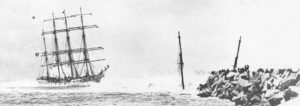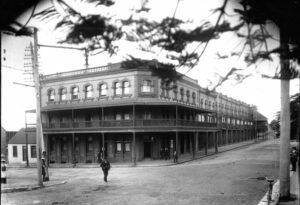I like to flatter myself that I’m a little bit like my friend Ed Tonks.
We’re both very interested in good beer and in local history and geography. Both of us sometimes also get highly focused on narrow topics which we then follow in whatever odd directions chance dictates.
Ed and I are both comfortable with the idea that many people would say we are “on the spectrum”. That’s fine. As Ed smilingly says: “The world should be thankful for enthusiasts”.
Enthusiasm is one of Ed’s defining characteristics, and it’s what has made him such a prolific and trustworthy contributor to the Hunter Region community, both through his decades of teaching social sciences at high schools and through his historical researches and publications. Ultimately Ed is always the teacher. He is driven by the need to impart knowledge. Not to show how learned he is, but to help other people see and understand how all our lives are shaped by elements in our surroundings – seen and unseen – and how those elements have themselves been shaped by the currents of history.
Ed’s personal history was shaped by his upbringing in industrial Newcastle, NSW. Born in 1950 at Western Suburbs Maternity Hospital, Waratah, he grew up in the same suburb, surrounded by the vibrant, gritty sights and sounds of heavy industry. His father, a council plant operator, mixed with lots of people who worked in those industries and Ed recalls absorbing a little of the lore of the factories, the harbour, the railways and the fascinating aerodrome at nearby Broadmeadow where his father would take him to watch the planes. A boy of the 50s, he collected stamps and coins and loved the little windows these tokens offered into a wider world.
Asked about his schooling, Ed hesitates slightly before acknowledging he went to the Catholic Pius X school at Adamstown – later to suffer reputationally from the reported pedophile activities of some of its teachers. Ed says he never saw the slightest hint of anything amiss during his time there. Like others in his situation, he has terrible feelings about the things that took place in the shadows, outside his view. That aside, his education was good enough to win him a Commonwealth scholarship. He opted for teaching, since that came with a living allowance, and the rest is history – and geography.
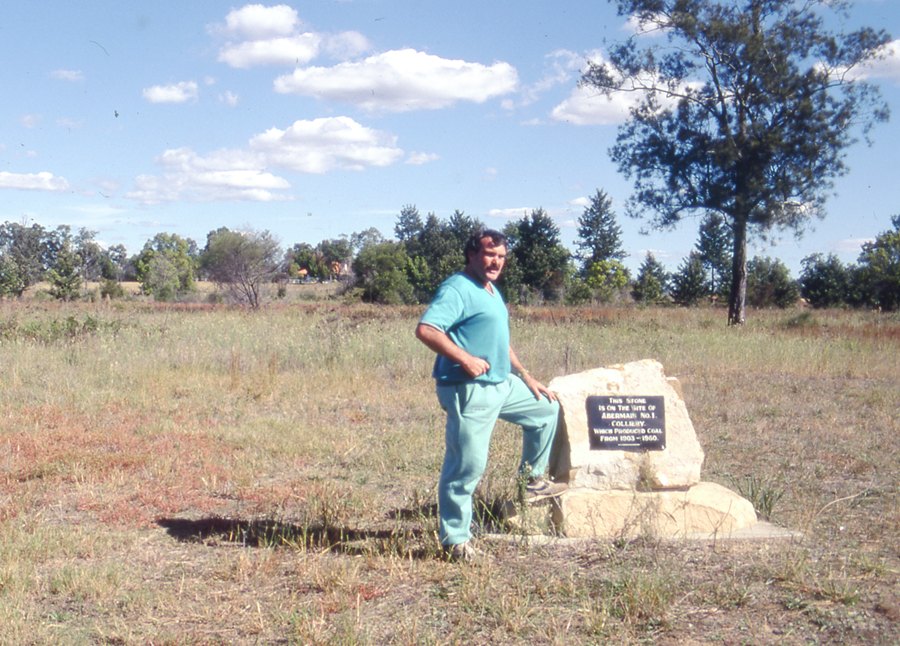
As a teacher Ed wasn’t a lover of textbooks, preferring to teach through more practical, if unorthodox routes. He would, for example, use selections of images of American car number plates to discuss the information that could be gained from their symbolism and portrayals of regional identity. The same with passenger aircraft logos. He found that pupils responded very well, even if they were sceptical to begin with.
To Ed, history and geography are intimately linked and he gets frustrated at attempts to teach them in isolation from each other. This has special relevance to Newcastle and the Lower Hunter Region, where coal dictated the pattern of white settlement from the time of colonisation, directing the path of railways and roads and determining the locations of suburbs and towns.
Some time in the 1970s Ed bought a Praktica SLR camera and discovered a new passion for photography. Travelling daily through Hexham on his way to work at Francis Greenway High School he found many opportunities for photographing coal railways. This brought him into contact with Brian Andrews, establishing a firm friendship with another renowned enthusiast and historian and supercharging Ed’s knowledge in this specialised field. It isn’t possible to overstate Ed’s interest in taking photographs. He estimates he has more than 250,000 slides in his collection, the best of which have made their way into some of his highly regarded books.
In about 1977 Ed attended some of the local history lectures given by Newcastle University Professor John Turner at the WEA. Turner was a leading light in the university’s department of community programs (since dismantled) and Ed credits him with forcing local history onto the radar of what Ed described as “bigoted academia”. At that time local history barely had a place in the minds of many academic historians and in Newcastle it was John Turner, more than anyone, who forced it in, setting a trend for many others to follow. At a certain point Turner asked Ed to step in and run some lectures for him. This “short-term” role lasted three years and its centrepiece was Ed’s “Mines, Lines and Cemeteries” series, complete with field trips, that has informed and inspired many Hunter people. Ed modestly acknowledges the debt he owes to some of the participants in these lectures who corrected some of his misapprehensions and steered him towards previously untapped sources of knowledge.
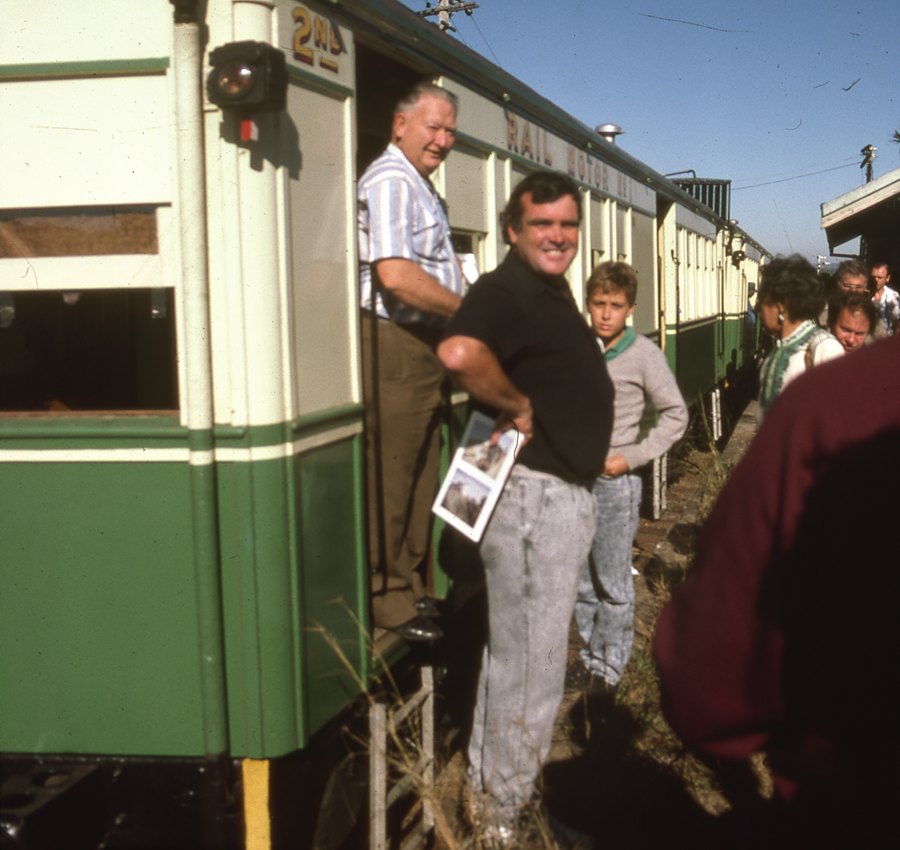
“My policy is to always admit straightaway if I don’t know something,” Ed says. “I’m not worried about losing face. I just want to learn and I want to know and share the facts.” And share he does, prolifically. He has given more than 1200 talks to clubs and community groups and hosted many bus tours of historic sites in the Hunter. He never tires of his “Urban Industrial Newcastle”, “Mines and Lines”, “Pits and Pubs” or “Bridges of the Hunter” tours, thanks to the endless new slants brought by those who join the trips and add their personal insights.
One of Ed’s special interests is cemeteries, because they preserve so much information about people, industries and social realities over time. Medals, too, fascinate him, as do all kinds of memorials. Through these channels he has come to research many fascinating individuals from the past whose stories had fallen out of memory.
While Ed regretted missing much of the living last days of the South Maitland Coalfield, he saw an opportunity when he moved to Charlestown to observe and document the dying stages of the coalmines served by the truncated Belmont Railway.
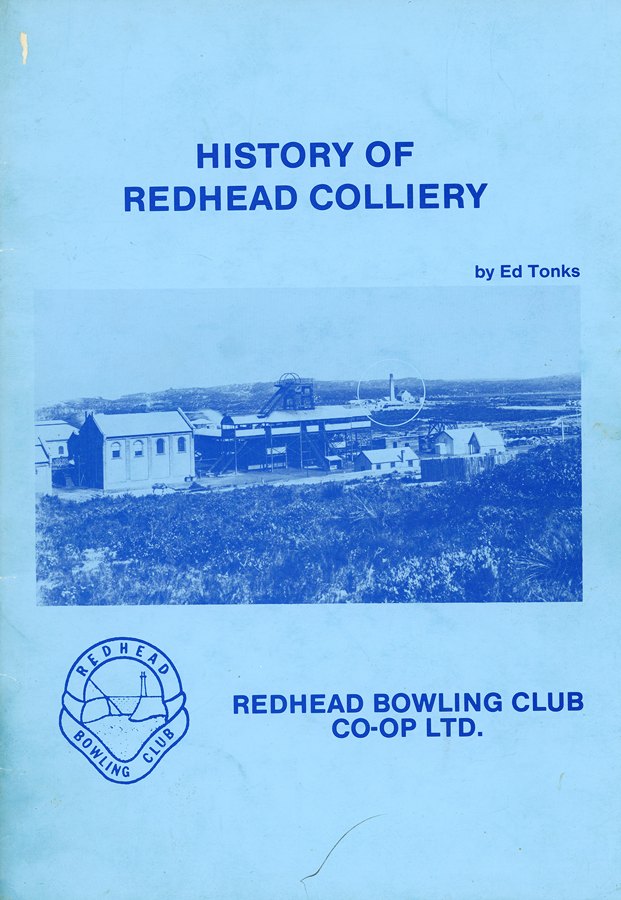
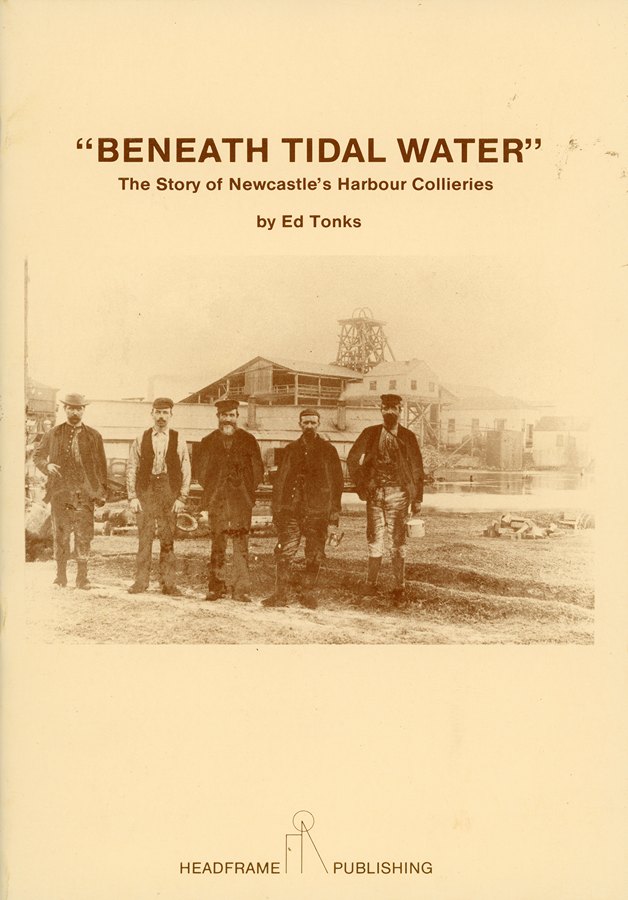
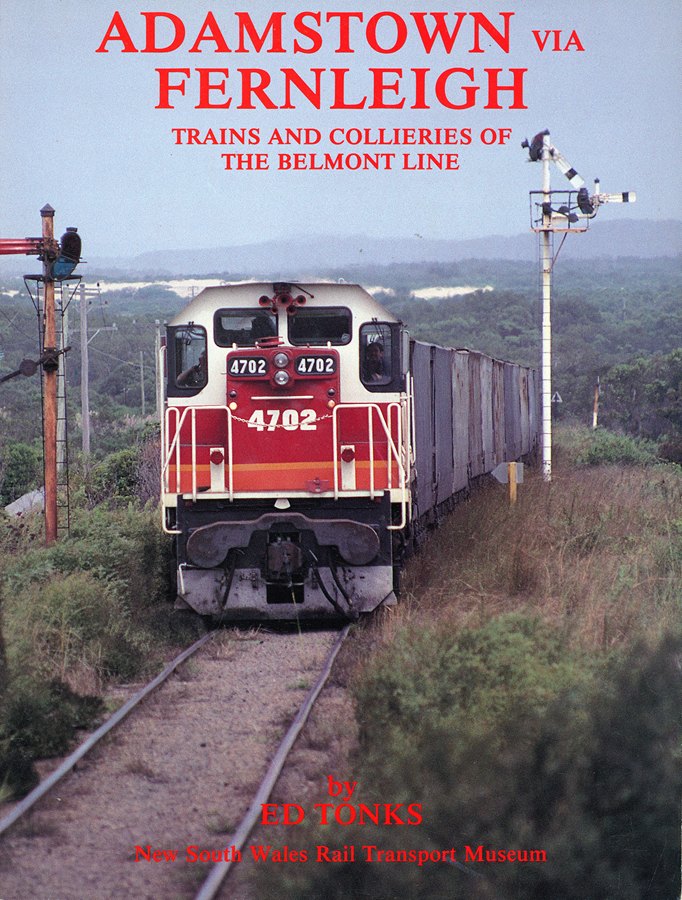
He has been responsible for 23 publications, some self-published and some supported by external funding. He used to write all his books in longhand and have his wife, Julie, type them for him. Eventually he decided to free Julie from the burden. She taught him how to use a word processor and he took to the new skill with typical enthusiasm. A point of pride with his books is that he substantially illustrated practically all of them with his own photographs.
Asked to name his favourite among his own books he takes some time before nominating his 1988 book Adamstown via Fernleigh, because that book was instrumental in the creation of the immensely popular Fernleigh Track shared pathway on part of the former coal rail line between Belmont and Newcastle.
Ed gets hot under the collar when we start to talk about local government decision-makers and their attitudes to history and heritage: “I think those people making decisions have got no respect for, or knowledge of, nor care for our history. They may, if a developer says something, put up an information plaque that a consultant has done, and it’s wrong. It’s mere tokenism.” His particular gripes along those lines at present include a plaque that wrongly states that the Burwood Co-Operative Store was located opposite the Burwood Colliery at Whitebridge, and Newcastle City Council’s allegedly steadfast refusal to maintain the northern entrance to the Fernleigh Tunnel, which Ed says is being damaged by neglect. He says that, after some effort, Lake Macquarie City Council is taking steps to correct the faulty plaque, and he is planning a new tactic in his approach to Newcastle City Council over the tunnel portal.
Ed married Julie – whom he describes as tolerant of his interests – in 1972 and the couple has two daughters and three grandchildren. The youngest grandchild, Angus, at age 10 has an immense knowledge of flags. Ed, enormously impressed by this, notes that other family members always give Ed meaningful looks when Angus starts to expound on his hobby. Another enthusiast . . .
In recent years Ed has been publishing books with printer Paul Newey on two of his great interests: railways and hotels. His Tracking Back books are informative showcases for his marvellous railway photos. His hotel series looks in detail at the history of various hotels, both extant and defunct, in the Newcastle area.
More information about Ed’s books can be found on his website here:


